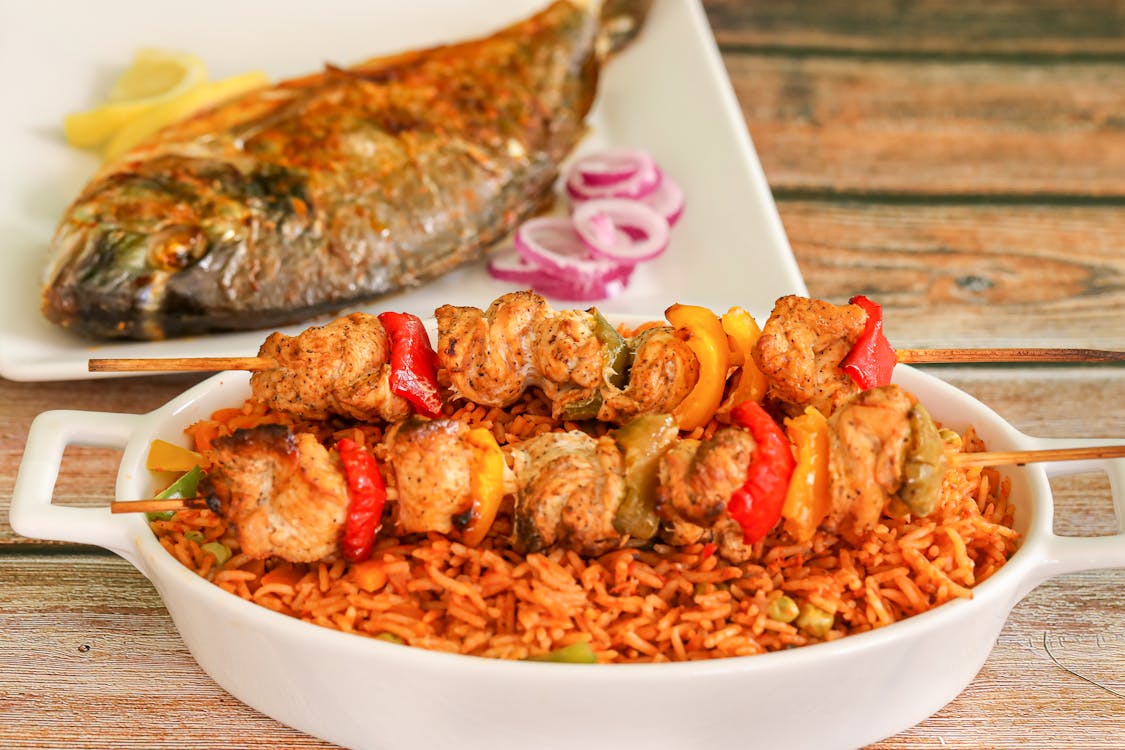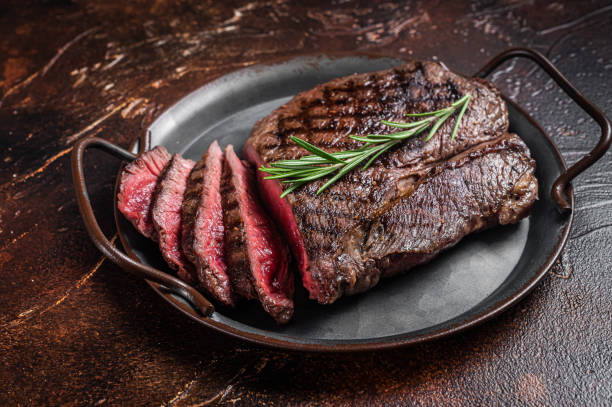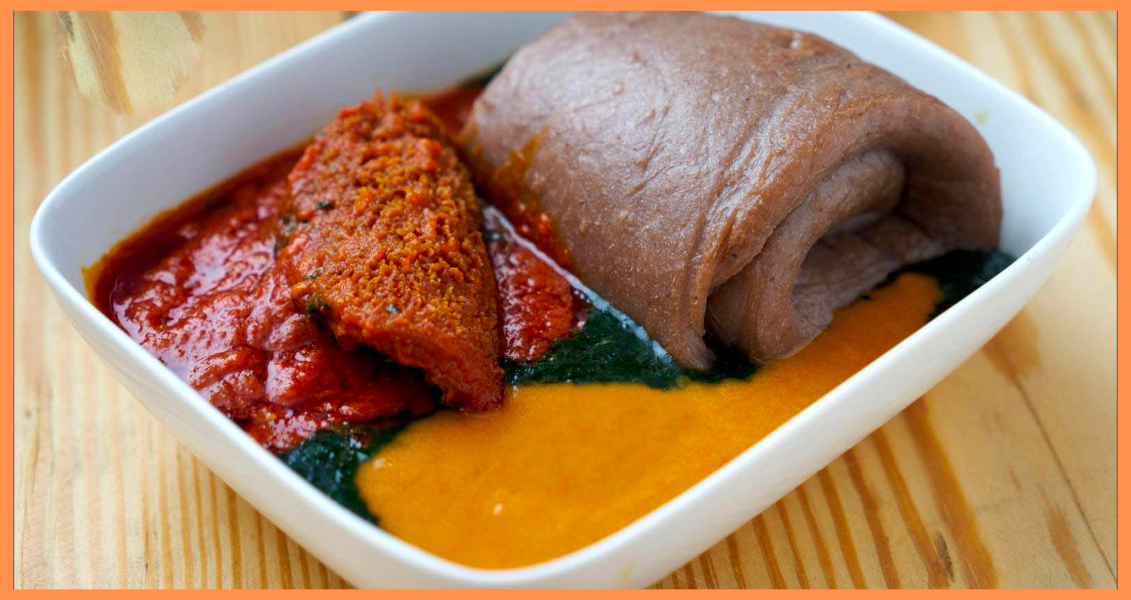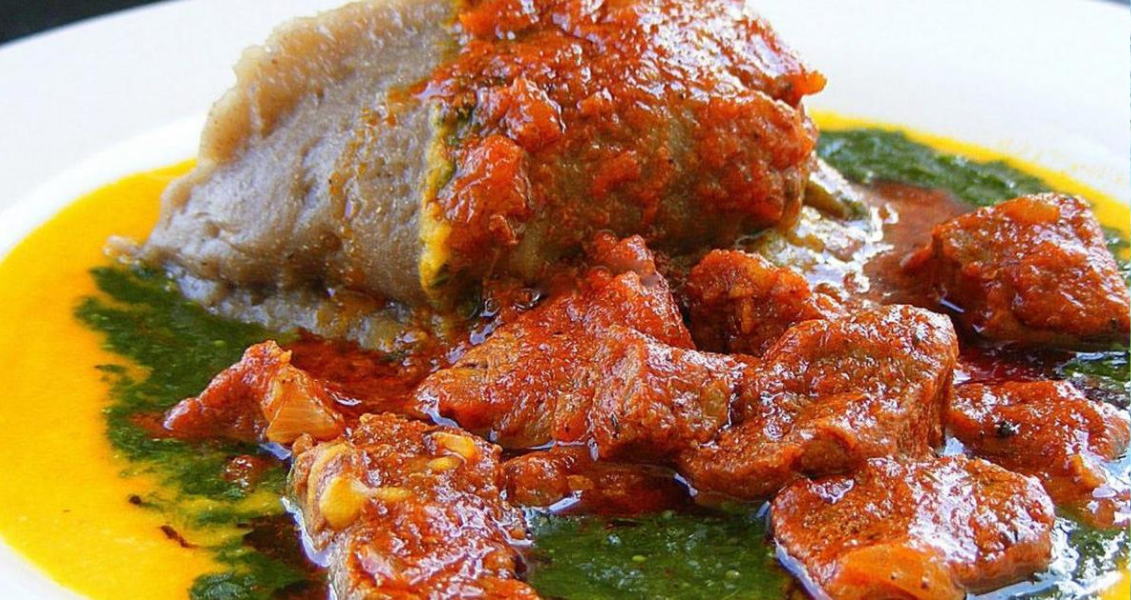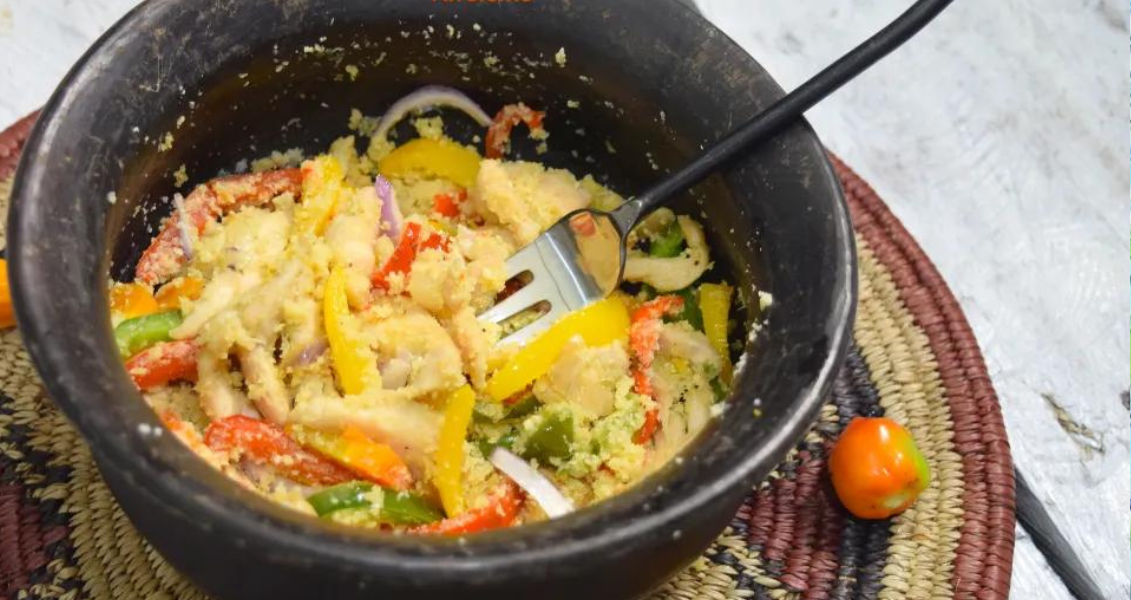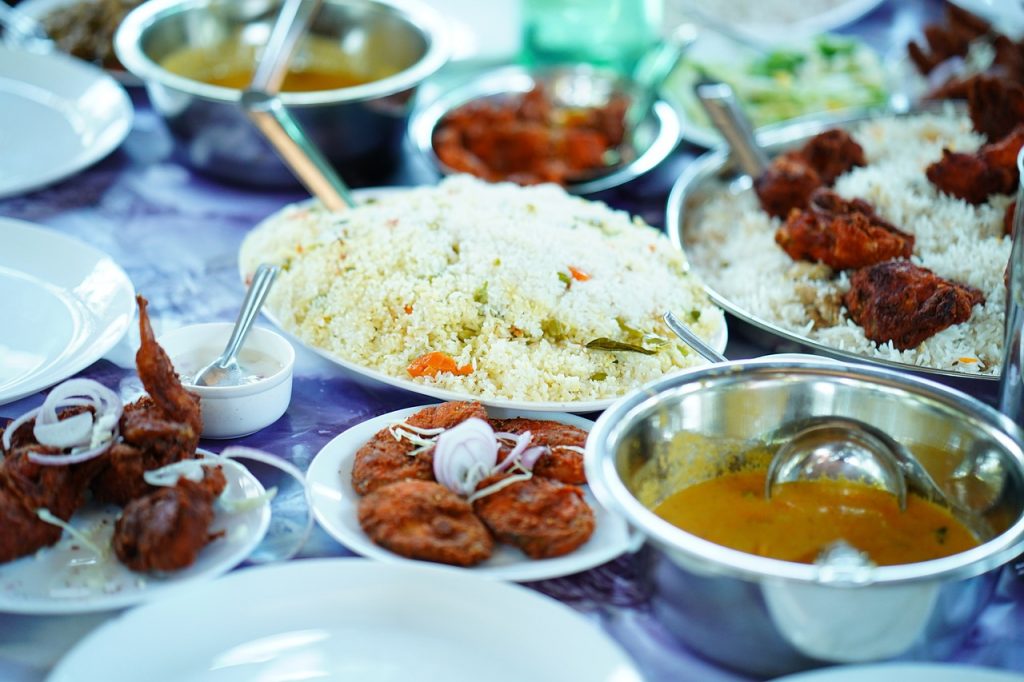
Africa, a continent pulsating with vibrant cultures and diverse landscapes, has an equally captivating food scene that beckons adventurous food lovers. Different parts of Africa have food and spice profiles unique to them due to peculiarities in the environment, thousands of years of cultural evolution, and trade.
Today Thursday, May 25, marks another commemoration of the Africa Day celebration. As we celebrate the very essence of African unity today, join us as we savour these 10 cities through their iconic cultural dishes, and uncover the secrets of their cherished culinary heritage.
Marrakech, Morocco

The ‘Red City’ of Morocco entices with its enchanting medinas and aromatic souks. The city’s cuisine reflects a fusion of Berber, Arabic, and Mediterranean influences, seeing as the city shares a border with the Mediterranean Sea to the North. Indulge in the mouthwatering flavours of a traditional Moroccan tagine, where tender meats, fragrant spices, and preserved lemons meld together, creating a symphony of tastes.
Spices form the soul of Moroccan cuisine, infusing every dish with depth and complexity, and Morocco is known for its colourful spice markets. Wander through the bustling souks, and you’ll encounter an intoxicating array of spices: saffron, cumin, coriander, cinnamon, turmeric, ginger, and lots more.
Couscous, the national dish of Morocco is the pillar of Moroccan hospitality. It is traditionally cooked on Fridays and eaten with family and friends in a communal setting.
No exploration of Moroccan cuisine would be complete without mentioning the ubiquitous mint tea, affectionately known as “Moroccan whiskey.” Mint tea is served in small, intricately decorated glasses; the tea is a combination of green tea leaves, fresh mint leaves, and generous amounts of sugar.
Lagos, Nigeria
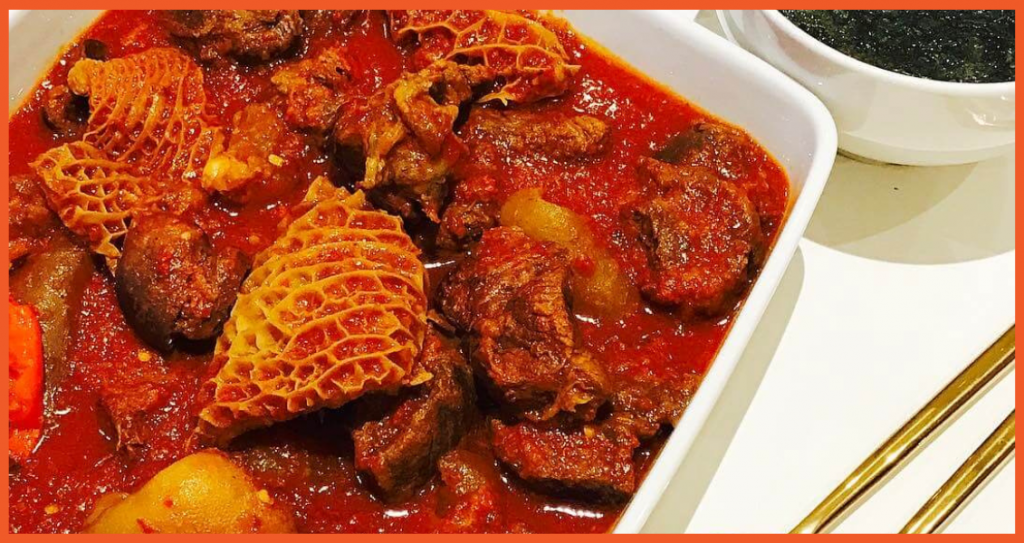
Lagos, the vibrant metropolis and cultural hub of Nigeria, boasts a food culture as diverse and dynamic as its people. Influenced by the country’s rich culinary heritage and the fusion of various ethnic groups, Lagos offers a tantalizing array of flavours and spices.
Lagos has so much to offer: From spicy and aromatic jollof—a colourful and spicy one-pot rice dish prepared with tomatoes, peppers, onions, and aromatic spices to rich, nutrient-dense soups like efo riro, egusi, ewedu, ogbono, etc. These soups are typically enjoyed with swallows like pounded yam, fufu, eba and many other starchy swallows.
Lagos is also known for its street foods. These range from spicy suya to puff-puff to akara to roasted corn. Because Lagos borders the Atlantic Ocean, there’s a beautiful selection of seafood available. Fishes, prawns, crabs and lobsters cooked in several dozen different ways are always on the menu.
Lagos has something for everyone. Whether expensive and elaborate fine-dining or cheap, filling and delicious street food, whatever your preference, Lagos has you covered.
Cape Town, South Africa
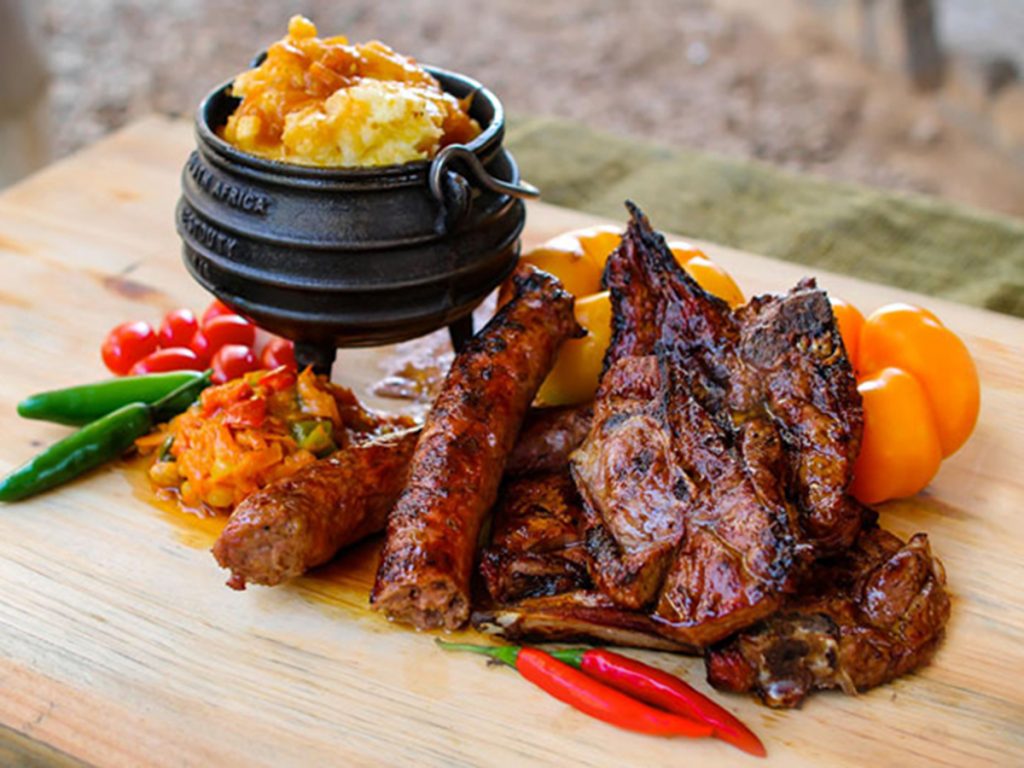
Nestled against the stunning backdrop of Table Mountain, Cape Town boasts a culinary scene that effortlessly blends local ingredients with global influences, especially those of Malaysia, Indonesia and the Netherlands. Cape Malay curry is a fragrant dish inspired by the city’s Malay community. Tender meats or vegetables are simmered in a vibrant blend of spices, coconut milk, and tamarind, offering a fusion of flavours.
Braai, or barbecue, holds a special place in the hearts of South Africans, and Cape Town is no exception. The city’s residents embrace the tradition of gathering around a smoky fire, grilling a variety of meats and enjoying the camaraderie. From succulent steaks and boerewors (spiced sausage) to marinated chicken and seafood, the braai culture in Cape Town is a celebration of flavours and a testament to South Africa’s love for outdoor cooking.
As a coastal city, Cape Town boasts an abundant seafood bounty. Freshly caught fish, crayfish, mussels, and oysters make their way from the ocean to the plate in the form of buttery grilled Cape crayfish, a hearty bowl of fragrant seafood chowder, and tender calamari rings served with zesty lemon aioli. Cape Town’s food culture is closely intertwined with its wine heritage, offering an incredible array of wine-tasting experiences and gourmet food pairings. Cape Town has many culinary delights that make it a gastronomic paradise.
Dakar, Senegal
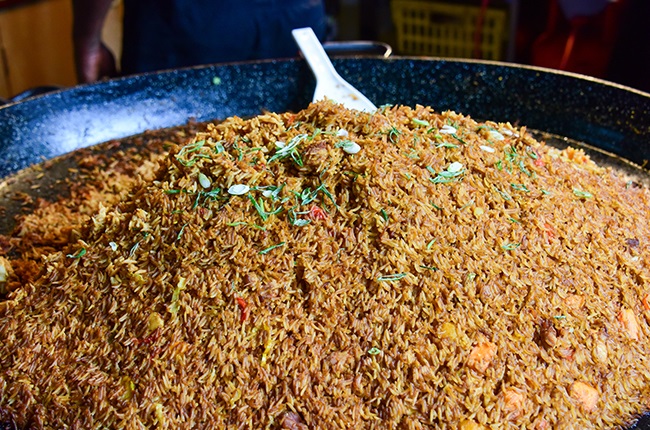
Dakar exudes an effervescent energy that translates into its cuisine. Experience the soulful taste of Thiéboudienne, Senegal’s national dish. This meal features fish cooked with vegetables and rice in a tomato-based sauce infused with aromatic herbs and spices. The result is a dish that celebrates the country’s coastal heritage. Thiéboudienne perfectly encapsulates the cultural fusion of Senegal, as it combines local ingredients with influences from North Africa and France.
The city is filled with bustling markets and food stalls, where locals and visitors can indulge in several mouthwatering delicacies. Yoff Beach, Soumbedioune Market, and Sandaga Market are just a few of the popular spots where street food enthusiasts can embark on a culinary adventure.
Seafood is also a prominent feature of Dakar’s food culture, given its coastal location. Dakarois take great pride in their fresh and diverse seafood offerings. Grilled or fried fish, prawns, lobsters, and oysters are commonly found on the menus of seafood restaurants and beachside eateries. Some popular seafood dishes include “Ceebu Jën” (rice and fish), “Thiébou Yapp” (rice and meat), and “Mafé” (a peanut-based sauce served with fish or meat).
Cairo, Egypt
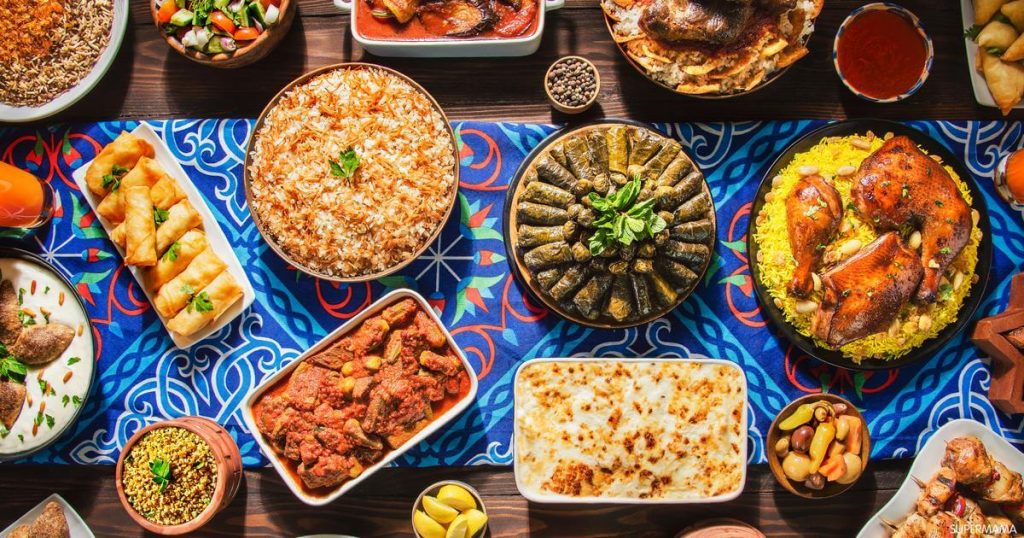
As the bustling capital of Egypt, Cairo enthrals visitors with its ancient wonders and culinary heritage steeped in several centuries of history. Sample the iconic dish of Koshari, a medley of rice, lentils, chickpeas, pasta, and crispy fried onions, topped with a tangy tomato sauce. This street food delight offers a harmonious blend of textures and flavours that epitomizes Egyptian comfort food.
Throughout the city, one can find markets, food stalls, and carts offering an array of treats. “Koshari” is a popular street food dish that represents the quintessential Egyptian comfort food. It is a combination of rice, lentils, macaroni, chickpeas, and crispy fried onions, topped with a tangy tomato sauce and spiced with a sprinkle of garlic and vinegar. Koshari is both satisfying and affordable, making it a favourite among locals.
Another beloved street food in Cairo is “ta’meya” or “falafel,” which are deep-fried balls or patties made from mashed fava beans or chickpeas. Served in warm pita bread with tahini sauce, salad, and pickles, ta’meya is a flavorful and vegetarian-friendly option that is popular throughout the city. Other street food delights include “shawarma” (thinly sliced grilled meat wrapped in flatbread) and “fool medames” (slow-cooked fava beans garnished with olive oil, lemon juice, and spices).
In Cairo, traditional food is often enjoyed in atmospheric restaurants or local eateries. To complement the meals, Egyptians enjoy a variety of refreshing beverages. “Karkade” (hibiscus tea) is a popular choice, served hot or cold, with its vibrant red colour and tart flavour. “Sahlab” is a creamy and comforting drink made from orchid root powder, milk, and topped with cinnamon. Traditional “mint tea” is also widely consumed, often served sweet and hot, and considered a symbol of love and unity.
Accra, Ghana

Accra, a city brimming with vibrant markets and friendly locals, showcases the rich and diverse flavours of West Africa. Banku and grilled tilapia is a beloved Ghanaian combination. Banku, a fermented corn and cassava dough, is paired with succulent grilled tilapia fish, creating a harmonious union of textures and tastes that will transport you to the shores of the Atlantic.
One of the pillars of Ghanaian cuisine is “fufu,” a staple dish made from pounded cassava, plantains, or yam. Fufu is typically served with a variety of soups or stews, such as “light soup,” “groundnut soup,” or “palm nut soup.” These soups are made with a combination of vegetables, meats, fish, and aromatic spices, resulting in rich and flavorful broths. Fufu is traditionally eaten by hand, with small portions of the dough dipped into the soup and savoured.
Street food is a vibrant part of Accra’s food culture, offering a plethora of delicious and affordable options. In bustling marketplaces and roadside stalls, one can find popular snacks like “kelewele” (spicy fried plantains), “bofrot” (fried doughnuts), “kofi brokeman” (grilled meat skewers), and “waakye” (rice and beans cooked together). These bites provide a quick and satisfying way to experience the local cuisine while exploring the city.
Addis Ababa, Ethiopia

The food culture of Addis Ababa reflects Ethiopia’s diverse culinary traditions. Ethiopian cuisine is famous for its unique flavours, aromatic spices, and communal dining style. In Addis Ababa, injera, a sourdough flatbread made from teff flour, serves as the foundation of many meals. Dishes like “doro wat” (spicy chicken stew), “kitfo” (minced raw meat), and “shiro” (chickpea or lentil stew) are staples in Ethiopia. Coffee holds a special place in Ethiopian culture, with traditional coffee ceremonies being an important social activity in many scenarios ranging from formal ceremonies like weddings and naming ceremonies to casual night out with friends.
In addition to traditional dishes, Addis Ababa also offers a range of international cuisines, reflecting the city’s cosmopolitan nature. From Italian and Indian to Middle Eastern and Chinese, visitors can find a variety of dining options that cater to diverse palates.
Kampala, Uganda
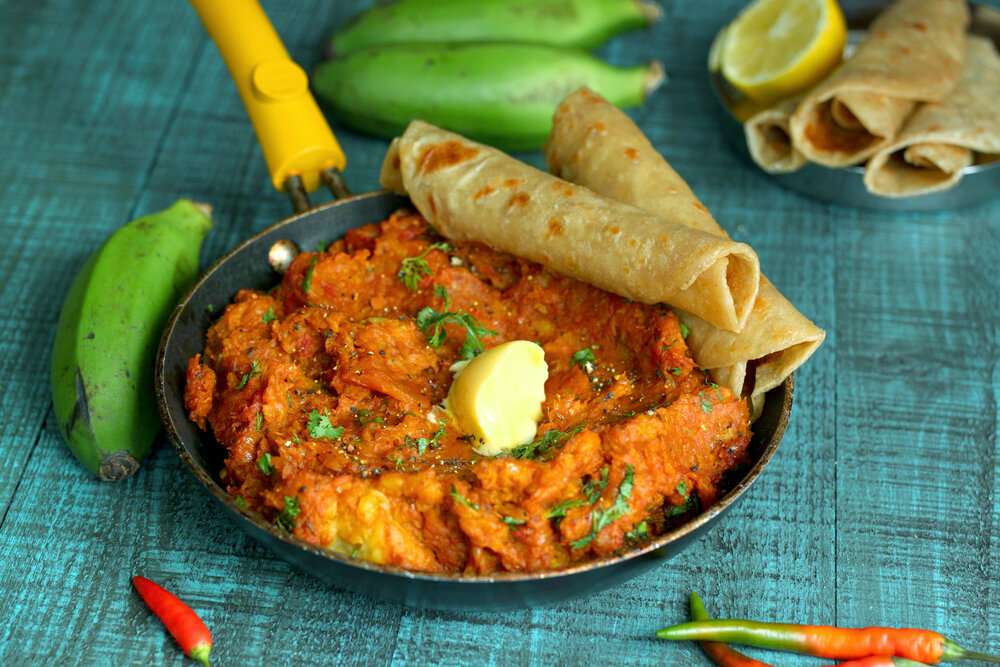
The food in Kampala is influenced by Ugandan, Indian, Arab, and British culinary traditions. Kampala is a melting pot of various ethnic groups and tribes, each contributing to the dishes found in Kampala’s culinary landscape. The city is renowned for its street food, where locals and visitors can savour dishes like “Rolex” (a rolled omelette with vegetables and chapati), “matooke” (mashed plantains), and “luwombo” (a dish of meat or fish cooked in banana leaves with a rich peanut sauce). Ugandan cuisine often features staple ingredients such as matooke, beans, groundnuts, and sweet potatoes.
For those seeking street food experiences, Kampala offers a wide variety of options. Roasted maize is a popular street snack, often seasoned with salt, pepper, and a squeeze of lime juice. Other street food favourites include samosas (deep-fried pastries filled with meat or vegetables), mandazi (sweet fried dough), and Rolex.
Kampala’s food culture is not only influenced by traditional Ugandan dishes but also by international cuisines. The city offers a diverse range of dining options, including Indian, Chinese, Italian, Ethiopian, Lebanese, and more. These international influences have blended with local ingredients, creating a fusion of tastes that cater to a variety of palates.
Lusaka, Zambia

Lusaka boasts a rich food culture that blends local traditions with international influences. Zambian cuisine is known for its many flavourful dishes. “Nshima” (a thick porridge made from maize meal) is a staple food in Zambia and is often served with various accompaniments like “kapenta” (small dried fish), “chikanda” (a traditional groundnut ball), or “ifisashi” (a vegetable stew). Grilled meats, such as “bream” and “tilapia,” are also popular, along with dishes like “cassava stew”.
Lusaka is situated close to the Zambezi River, which is abundant in various freshwater fish species. Tilapia, bream, catfish, and Nile perch are commonly found in Lusaka’s culinary scene. These fish are often prepared grilled, fried, or stewed, and are served with nshima or other side dishes.
Nairobi, Kenya
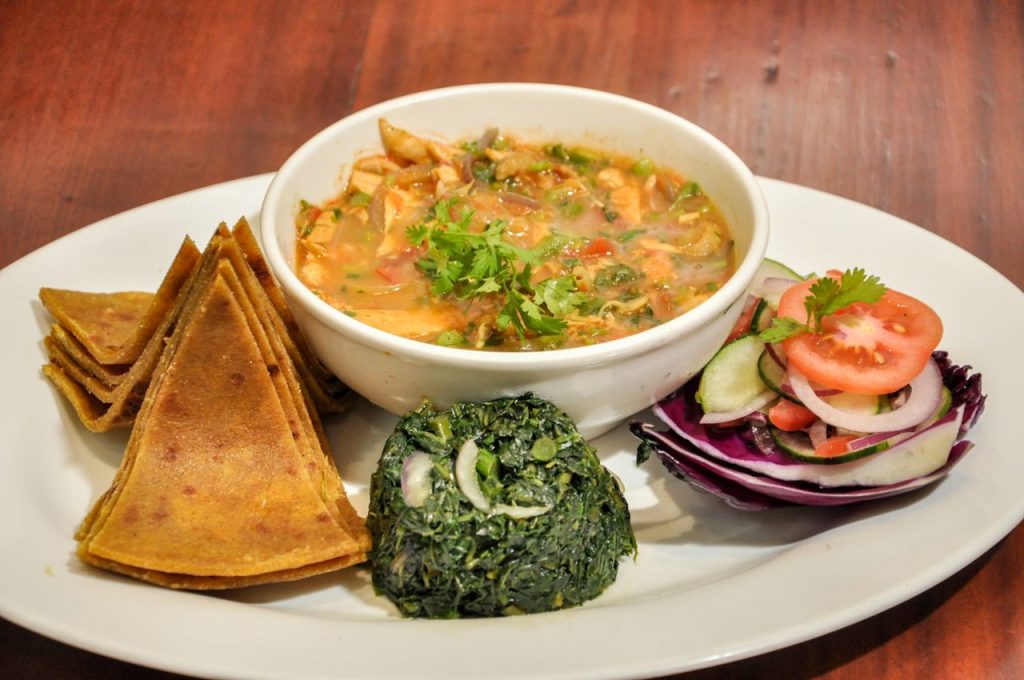
The famed capital of Kenya is not only known for its beautiful safaris and the majestic Masai tribe but it is also known for its diverse culinary offerings.
Influenced by various ethnic groups, including Kikuyu, Luo, Luhya, Maasai, and many others, Nairobi’s food scene offers a fusion of flavours, spices, and cooking techniques. From street food vendors to upscale restaurants, the city caters to a wide range of tastes and preferences, making it a haven for food enthusiasts.
One of the defining features of Nairobi’s food culture is its love for nyama choma, which translates to “roasted meat” in Swahili. Nyama choma is an essential part of Kenyan cuisine, and Nairobi has numerous joints and open-air grills where locals and visitors can indulge in this mouthwatering delight. Whether it’s succulent beef, goat, or chicken, marinated with a blend of spices and roasted over an open fire, nyama choma is a common choice for social gatherings, celebrations, and casual dining.
Nairobi is also known for its vibrant food markets, where fresh produce, spices, and local ingredients are sold. Nairobi has witnessed the rise of a more cosmopolitan food scene, with an increasing number of restaurants and cafes offering international cuisines. From Indian and Chinese to Italian and Ethiopian, there’s a wide range of options available for those craving global flavours.










